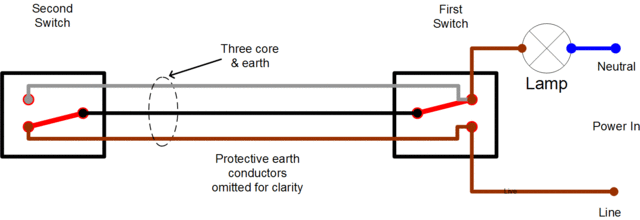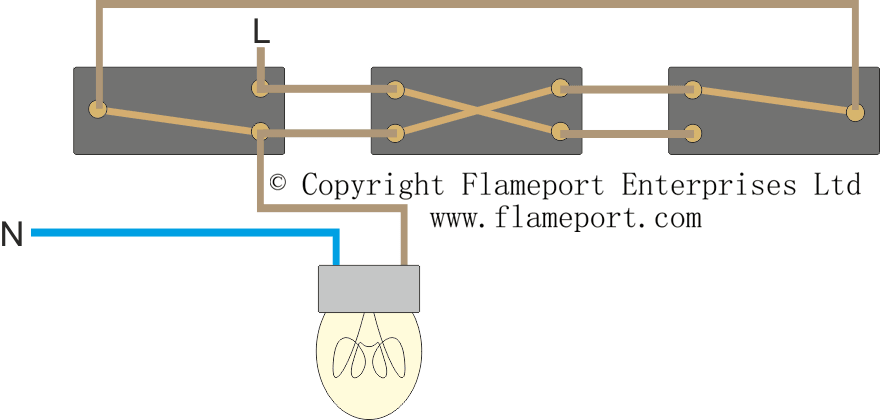Re: Insulation Resistance Testing
This may seem like a stupid question, one that is probably abundantly clear, but it's baffling me.
In a circuit where there is two way switching, the IR test requires that the switches need to be 'toggled. Therefore, the requirement to repeat the test.. Similarly with a circuit with intermediate switching, there is a requirement to operate the switches.
What is confusing me, (and I have drawn out the wiring diagrams by hand and the various combinations) trying to understand,as to how the switches should be operated and tested.
i.e with two way switching - IR test, alternate switch on one switch and test, and alternate the 2nd switch and test....or IR toggle both switches and test.
i am assuming that on the first test uncertainty exists and there is no way of knowing whether the circuit is off/on.
Does it matter if the circuit is connected via 3 core system - common in domestic setting where there is a single strapper and permanent line (PL) and switched line (SL) are via l1 and l2 or if it connected via 2 strapper system with PL from switch A com and Sl from Switch B Com.
From my wiring diagrams and tracing it - it seems that with the single strapper system and the two way strapper system - switching works differently and the electrical flow is different.
How would it be done, combinations with the intermediate switching?
sorry for the long question..but want to be clear as to the process.



